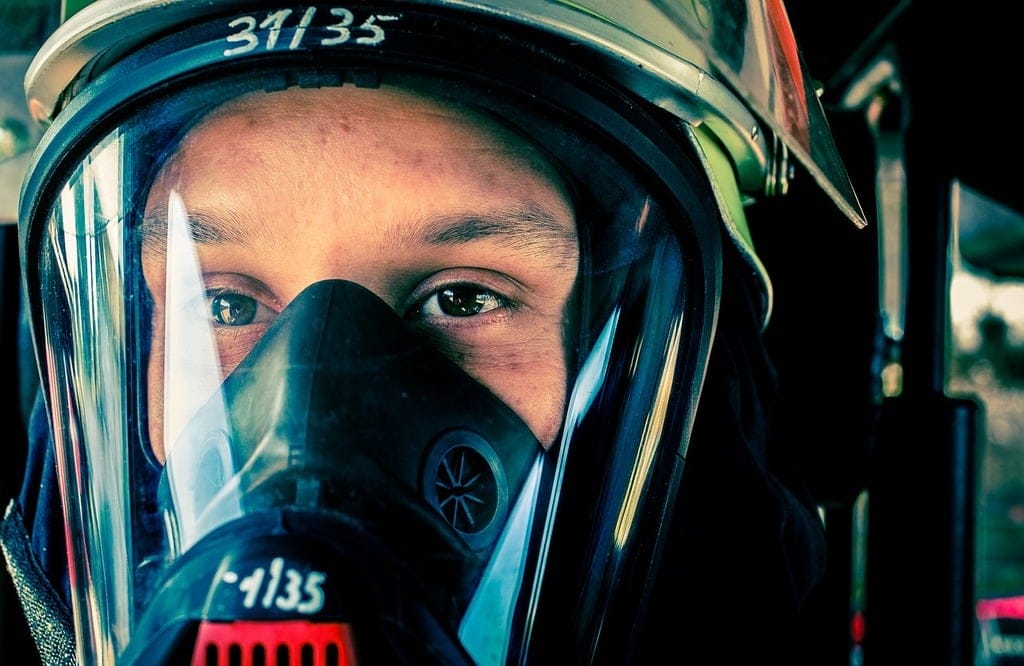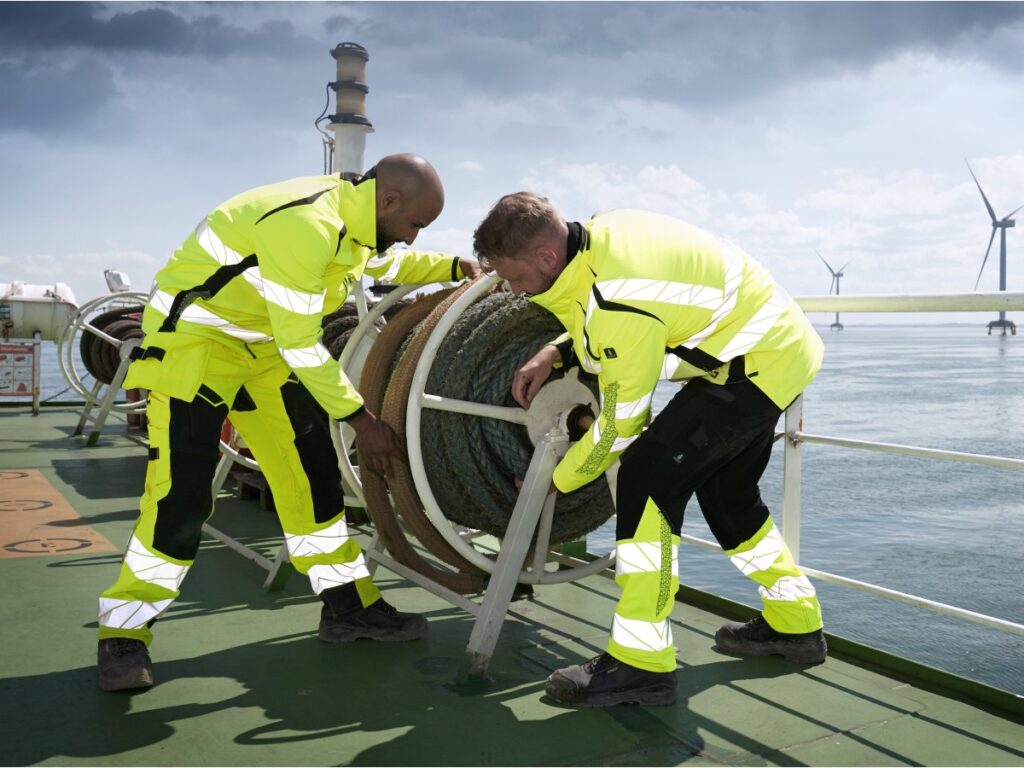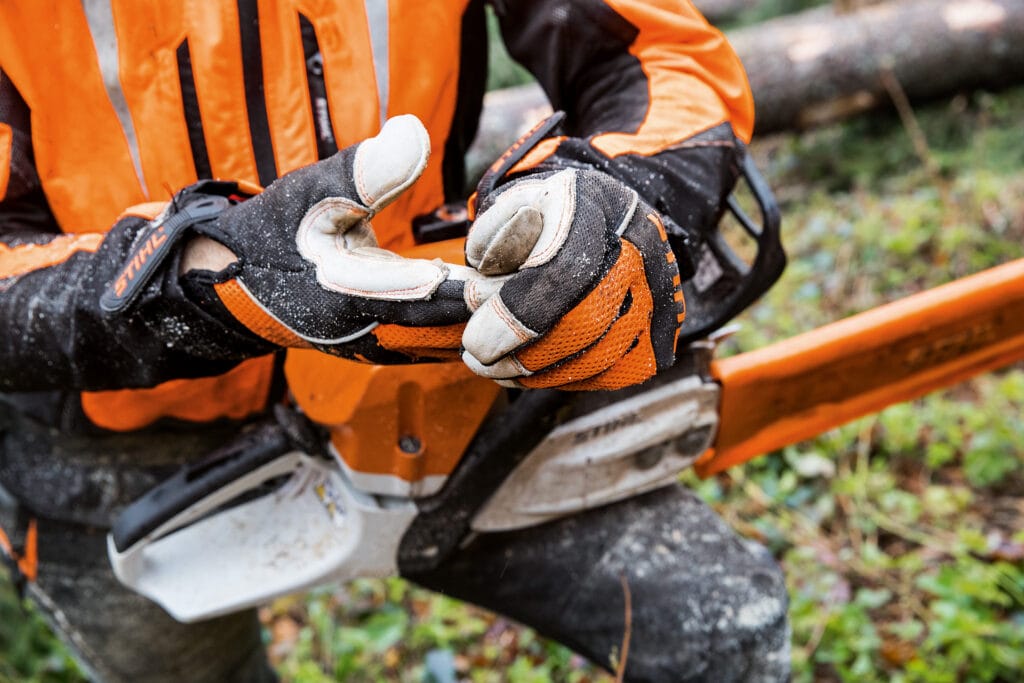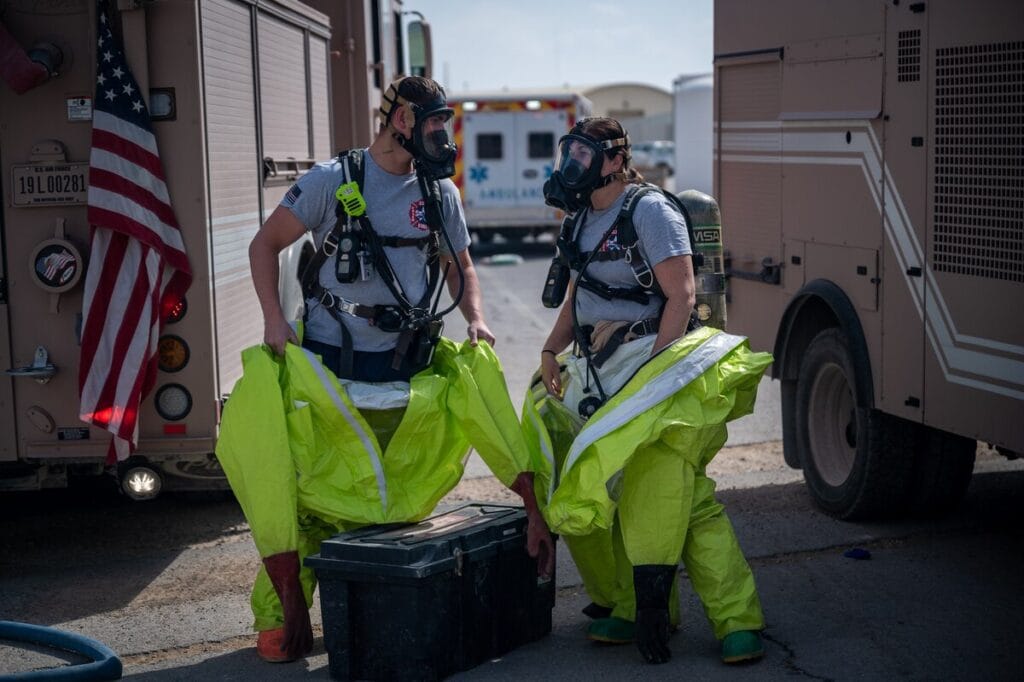
I’ll never forget the story of a small distributor in Morocco who started with just 200 pairs of safety boots in a warehouse—testing the market with a tiny order. Within three years, he was supplying major construction companies across North Africa, managing tenders worth millions of dollars. The key to his success wasn’t just about selling PPE—it was about building trust, gradually scaling up, and knowing when to diversify his product offerings.
This guide is about showing you how small distributors can go from small orders to securing large, profitable contracts. By leveraging strategic growth tactics, you too can build a solid foundation for scaling your PPE distribution business in emerging markets.
To grow your PPE distribution business, start small by testing the market, then scale through relationship-building, product diversification, and focusing on large contracts such as government tenders and corporate partnerships. Offer customized solutions, prioritize quality control, and always align with local regulations.
Key Steps to Growing from Small Orders to Large Contracts
1. Start with Small Orders and Test the Market
- Why it matters: When entering a new market, small orders give you a chance to test the waters without committing large amounts of capital.
- Example: A Nigerian distributor began with a 100-piece order of high-visibility vests, selling directly to small construction firms. After gauging demand, they expanded to 1,000 units per month and secured a contract with a large logistics company.
- Buyer Tip: Test products in small batches to see what sells and gather customer feedback to refine your offerings.
2. Build Strong Relationships with Local Contractors
- Why it matters: In many emerging markets, business is built on relationships. Personal trust and networking are often more valuable than price alone.
- Example: A South African PPE distributor gained entry into the mining sector by consistently offering high-quality PPE and following up with excellent after-sales service. Over time, this led to long-term contracts.
- Buyer Tip: Regular communication with your clients, consistent deliveries, and post-sale support will build trust and ensure repeat business.
3. Diversify Your Product Portfolio
- Why it matters: As your business grows, so should your product range. Diversification allows you to target different industries and expand your market reach.
- Example: A Brazilian distributor started with just safety footwear but soon added gloves, helmets, and protective clothing. This diversification allowed them to offer bundled PPE packages to large construction firms and win more deals.
- Buyer Tip: Bundle products into sets tailored for specific industries (e.g., construction kits, port worker kits) to offer more value to clients.
4. Target Government and Corporate Tenders
- Why it matters: Large government contracts and corporate tenders often account for the bulk of PPE orders in emerging markets.
- Example: A Middle Eastern distributor built their business by focusing on government tenders for the oil and gas sector. They spent time understanding tender requirements and offering customized solutions to meet specific safety regulations.
- Buyer Tip: Invest time in understanding tendering processes, keep up with government procurement schedules, and ensure that your products meet local regulatory standards.
5. Focus on Quality and Compliance
- Why it matters: To secure larger contracts, your PPE must meet industry standards, compliance requirements, and provide real protection.
- Example: A Peruvian distributor became a trusted supplier by offering only EN/ANSI-certified PPE, ensuring all products passed rigorous quality inspections and met local safety standards.
- Buyer Tip: Always verify certifications and perform quality checks on products before making large orders. Work with suppliers who have a solid track record of compliance.
6. Leverage Technology and Market Intelligence
- Why it matters: Understanding market trends and using technology to manage inventory and logistics efficiently can help you stay competitive as your business grows.
- Example: A Kenyan distributor used market intelligence tools to track demand and adjust inventory levels based on real-time market data, ensuring that they had stock available when large contracts were awarded.
- Buyer Tip: Use data analytics to identify market trends, track product performance, and forecast demand for efficient stock management.
Real-World Buyer Cases
Case #1 – Mexican PPE Distributor
Started with small safety boot orders. After securing a government tender, they expanded to offer a full line of construction PPE, doubling their sales volume in one year.Case #2 – Egyptian PPE Supplier
Began by targeting small industrial clients. After building a strong reputation, they secured long-term contracts with large logistics firms and government-backed infrastructure projects.Case #3 – Indian PPE Distributor
Focused on building a reliable network of suppliers and local contractors. This led to large corporate orders and a steady stream of high-value tenders.
Buyer FAQ
Q1: How long does it take to scale from small orders to large contracts?
A: It depends on market conditions, but expect a 1-3 year process of gradually expanding from small orders to larger tenders and contracts.
Q2: How do I attract government tenders?
A: Comply with local regulations, meet tender requirements, and ensure that your products are certified and reliable. Focus on building relationships with government buyers.
Q3: Is it worth investing in bulk purchasing early on?
A: Only after testing the market and ensuring consistent demand. Diversify your stock but start with manageable volumes to avoid overstocking or committing to large upfront payments.
Procurement Checklist
- [ ] Start with small, manageable orders to test demand
- [ ] Build relationships with local contractors and decision-makers
- [ ] Diversify your product range for different sectors (construction, mining, oil)
- [ ] Focus on government and corporate tenders for long-term contracts
- [ ] Ensure product compliance with local and international standards
- [ ] Use market intelligence tools to forecast demand and manage inventory
Conclusion
Growing from small orders to securing large contracts requires patience, strategy, and relationship-building. By focusing on quality, diversifying your product range, and understanding local market needs, you can scale your PPE distribution business effectively in emerging markets.
📩 Need PPE sales and distribution strategies for emerging markets?
Email: [email protected]
🌐 www.workwearsolutions.net
Zion Zhang
Recent Posts
 How to Build a Strong PPE Sales Channel in Emerging Markets: A Buyer’s Guide2025年8月20日I was in a meeting with a distributor from Lagos, Nigeria, […]
How to Build a Strong PPE Sales Channel in Emerging Markets: A Buyer’s Guide2025年8月20日I was in a meeting with a distributor from Lagos, Nigeria, […] PPE Supplier Risk Management: How to Avoid Supply Chain Failures2025年8月20日One of the most valuable lessons I’ve learned in the PPE […]
PPE Supplier Risk Management: How to Avoid Supply Chain Failures2025年8月20日One of the most valuable lessons I’ve learned in the PPE […] PPE Quality Inspection: Buyer Case Studies2025年8月20日When you’re sourcing PPE from international suppliers, […]
PPE Quality Inspection: Buyer Case Studies2025年8月20日When you’re sourcing PPE from international suppliers, […] PPE Negotiation Tactics for Emerging Markets: A Buyer’s Guide2025年8月20日When I first started working in the PPE industry, I learned […]
PPE Negotiation Tactics for Emerging Markets: A Buyer’s Guide2025年8月20日When I first started working in the PPE industry, I learned […] Customizing Workwear & PPE for Local Markets: A Practical Guide2025年8月20日When I first started working in the PPE industry, I saw a […]
Customizing Workwear & PPE for Local Markets: A Practical Guide2025年8月20日When I first started working in the PPE industry, I saw a […] Avoiding Fake Certificates & Compliance Delays: A Buyer’s Guide for Emerging Markets2025年8月20日I remember a trade fair in Cairo where a buyer was showing […]
Avoiding Fake Certificates & Compliance Delays: A Buyer’s Guide for Emerging Markets2025年8月20日I remember a trade fair in Cairo where a buyer was showing […]
CONTACT US
- Feel free to contact us any time. We will get back to you as soon as we can!
- +86-17330061805
